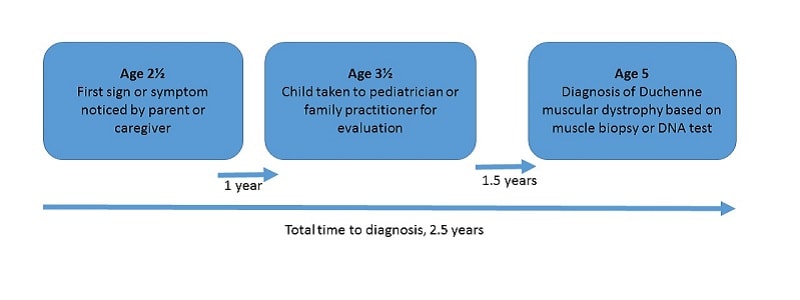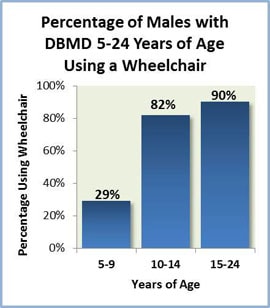Centers for Disease Control and Prevention (CDC) funds the Muscular Dystrophy Surveillance, Tracking, and Research Network, known as MD STARnet. MD STARnetcollects critical information about muscular dystrophy that will improve care for those living with the disease.
Muscular dystrophy (MD) is a group of muscle diseases that results in increasing weakening and breakdown of skeletal muscles over time. The disorders differ in which muscles are primarily affected, the degree of weakness, how fast they worsen, and when symptoms begin. Many people eventually become unable to walk. Some types are also associated with problems in other organs.
CDC awarded funding for the next 5-year phase of MD STARnet research to;
- University of Iowa (Iowa)
- Colorado Department of Health and Environment (Colorado)
- New York State Department of Health (21 counties in Western New York)
- Research Triangle Institute (31 counties in North Carolina’s Piedmont region)
- South Carolina Department of Public Health & Environmental Control (South Carolina)
- University of Utah (Utah and Nevada)
MD STARnet research on Duchenne and Becker muscular dystrophy (DBMD) has found that;
An estimated 1 in every 7,250 males aged 5 – 24 years had a diagnosis of Duchenne or Becker muscular dystrophy.
Duchenne muscular dystrophy is three times more common than Becker muscular dystrophy.
There is an average time of one year from when parents first noticed a sign or symptom of physical developmental delay in their child, to when they took their child to a pediatrician or family practitioner for evaluation.
There is an average delay of two and a half years from when parents first noticed the earliest sign or symptom of physical developmental delay in their child to when their child received a definite diagnosis of Duchenne muscular dystrophy.
Corticosteroids (steroids) are medicines that slow the muscle damage caused by DBMD. Treatment with steroids among boys with DBMD living within the MD STARnet sites ranged from more than half (57%) to more than two-thirds (69%). The average age when boys began taking steroids was 7 years. This study also found that the average age when heart problems began was 14 years, and that for every year steroids were taken, the chance of developing heart problems decreased by 4%.
.
Another study showed that treatment with steroids has increased during the past 20 years, although Hispanics and non-Hispanic Black males with DBMD are treated with steroids less frequently and start them later in life compared to non-Hispanic White males. 4
Nearly half (45%) of the oldest males affected with DBMD in each family had at least one of three mental health concerns: behavior concerns, depressed mood, or attention-deficit/hyperactivity disorder (ADHD).
Males 1-29 years of age with DBMD who were treated with steroids were more than twice as likely to have behavioral concerns as those who did not receive steroid treatment.
Males 1-29 years of age with DBMD who were losing their ability to walk were more likely to have behavioral concerns. They were also more than three times as likely to have a depressed mood as those who were still able to walk independently.
Diagnosis

Among males with DMD who did not have a family history of muscular dystrophy:
- There was an average of 2½ years between when a parent or caregiver noticed the first signs and symptoms of DMD, and when a diagnosis of DMD was made based on a muscle biopsy or a DNA test.
- The average age at diagnosis for DMD was 5 years.
- On average, non-Hispanic black or Hispanic children were tested for DBMD at later ages than non-Hispanic white children.7
- On average, children non-Hispanic black or Hispanic children had creatine kinase (CK) testing about 1 year later and DNA testing about 2 years later than non-Hispanic white children.
Wheelchair Use

The proportion of males with DBMD who used a wheelchair varied by age:
- About 3 in 10 males (29%) with DBMD ages 5 through 9 years used a wheelchair.
- About 8 in 10 males (82%) with DBMD ages 10 through 14 years used a wheelchair.
- 9 in 10 males (90%) with DBMD ages 15 through 24 years used a wheelchair.
Mental Health
- Just over 4 in 10 (45%) of the oldest males with DBMD in each family had one of three mental health concerns: behavioral concerns, depressed mood, or attention-deficit/hyperactivity disorder (ADHD).
- Males with DBMD who took steroids were more than twice as likely to have behavioral concerns compared with their peers who did not take steroids.
